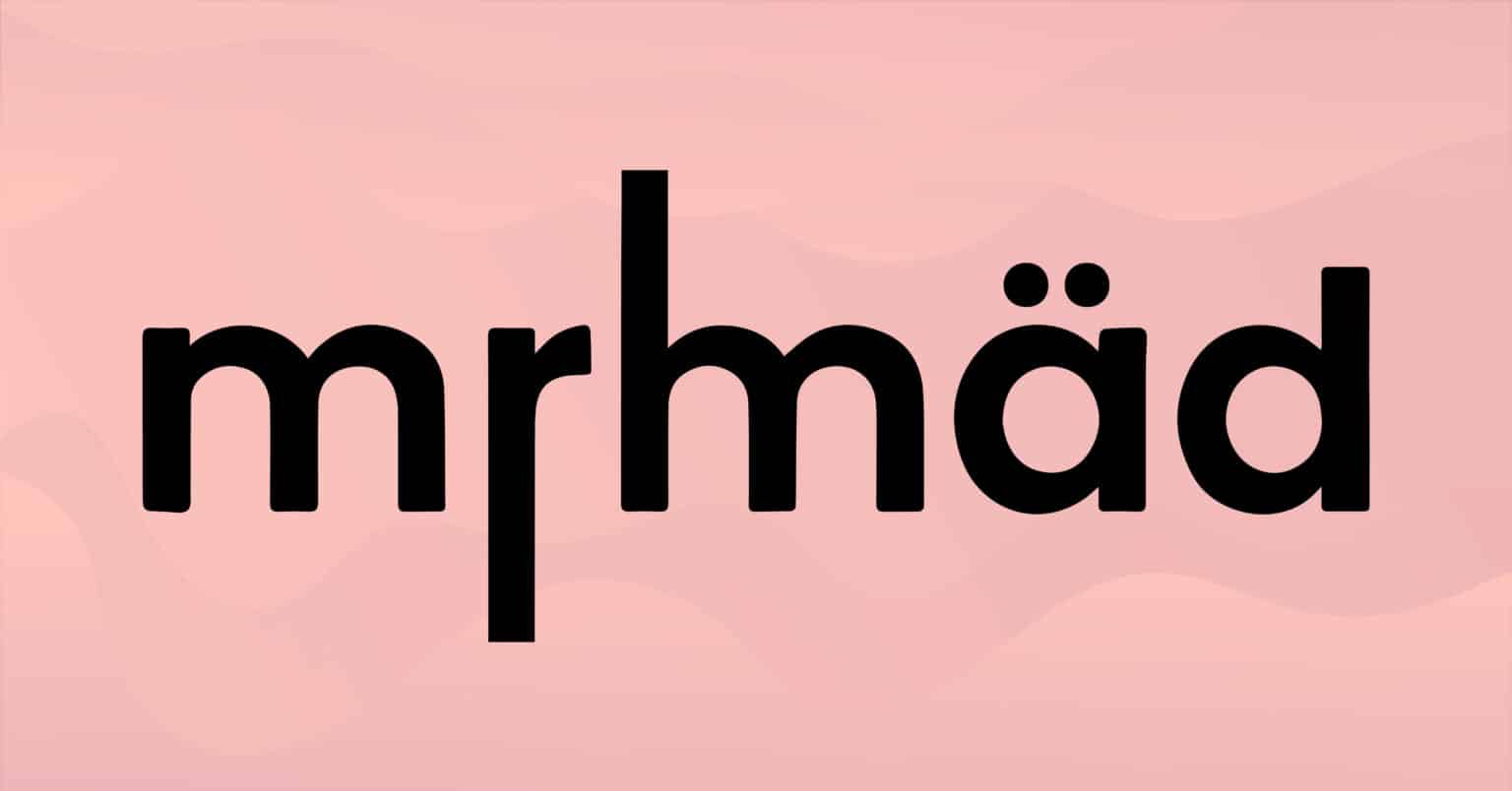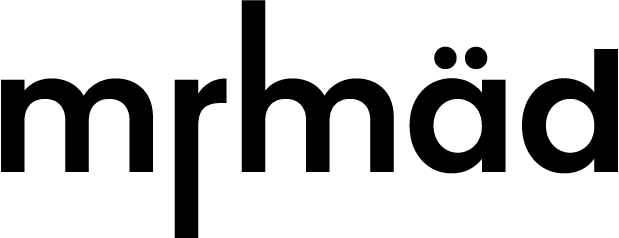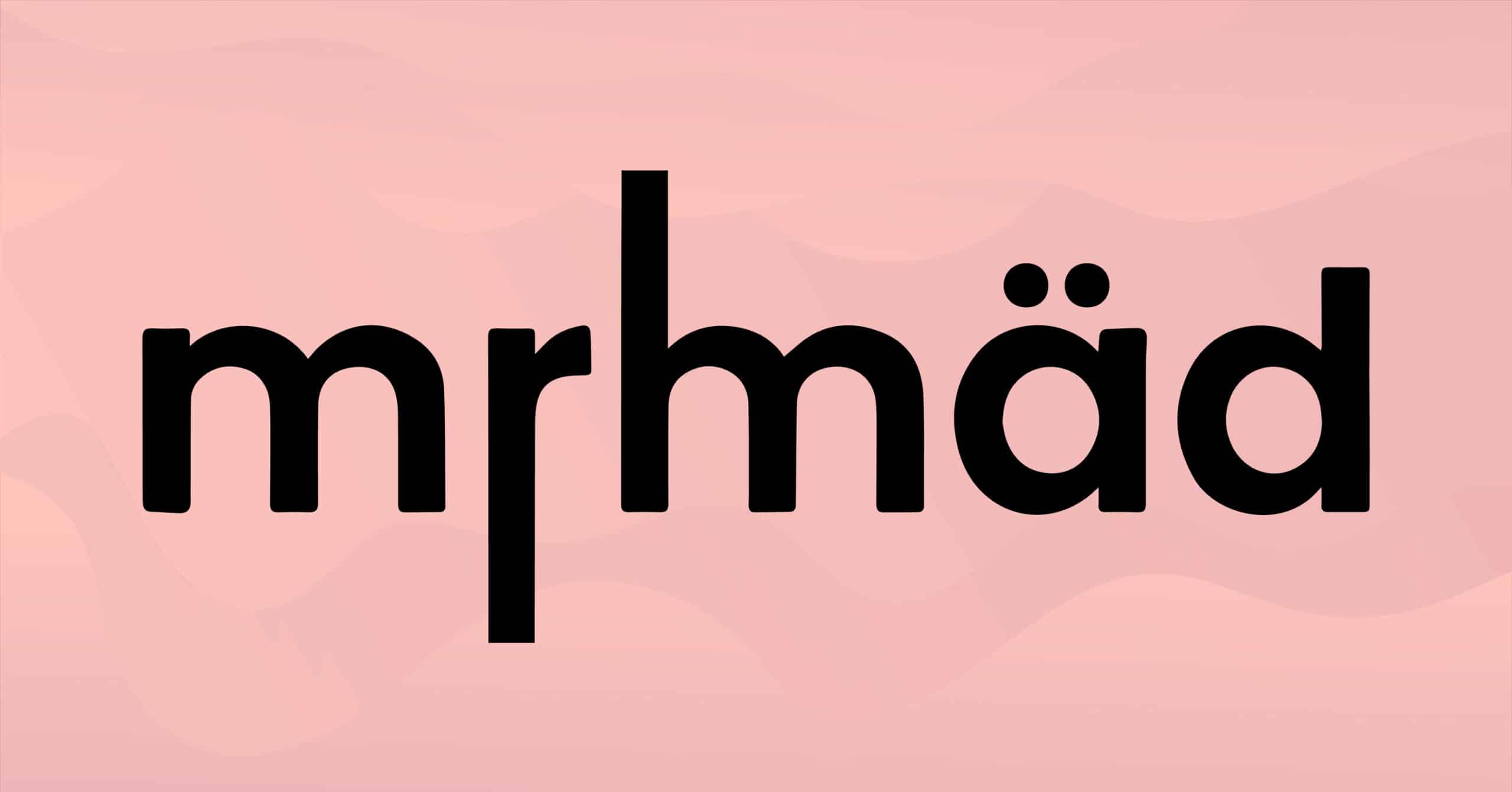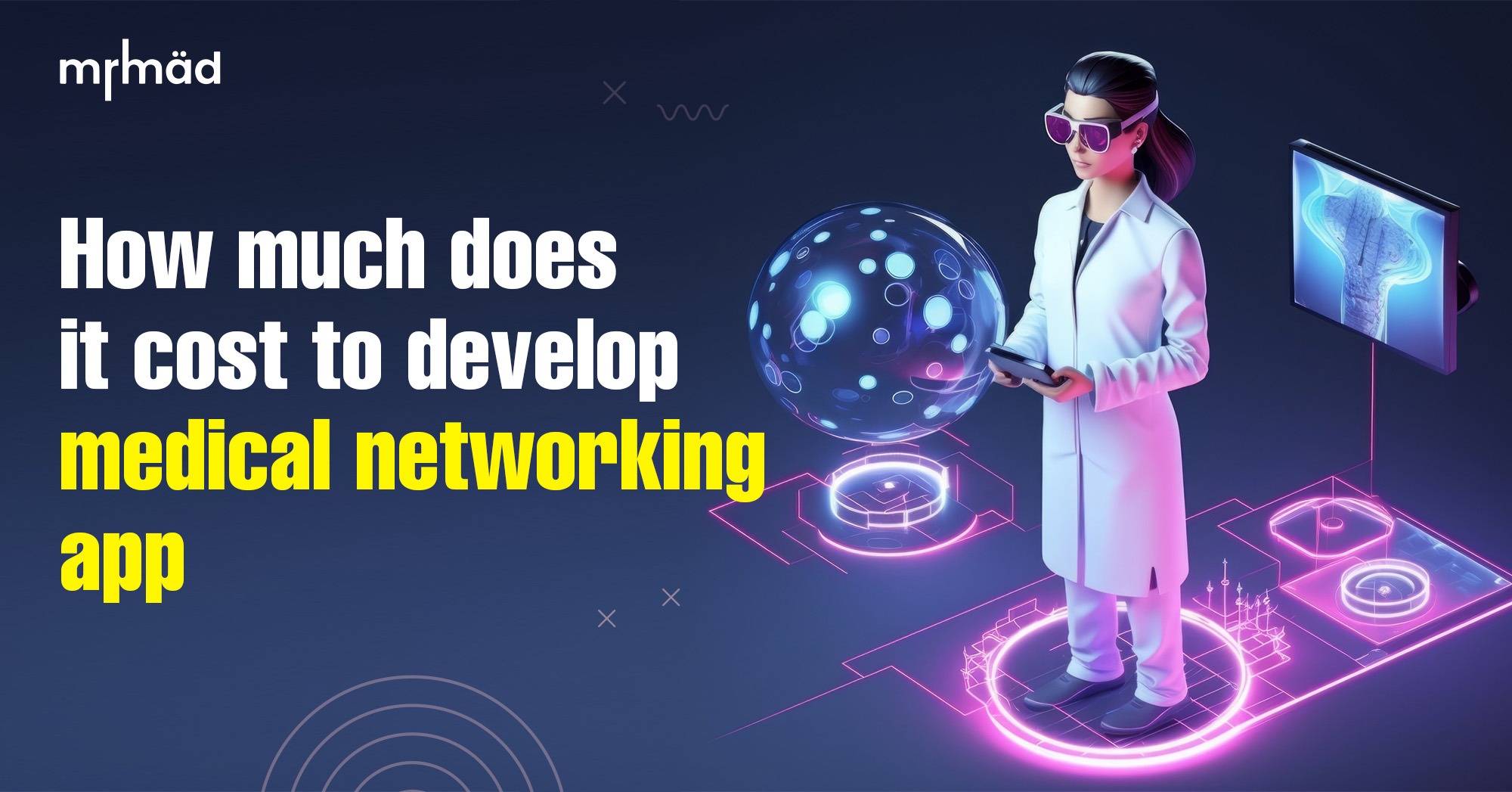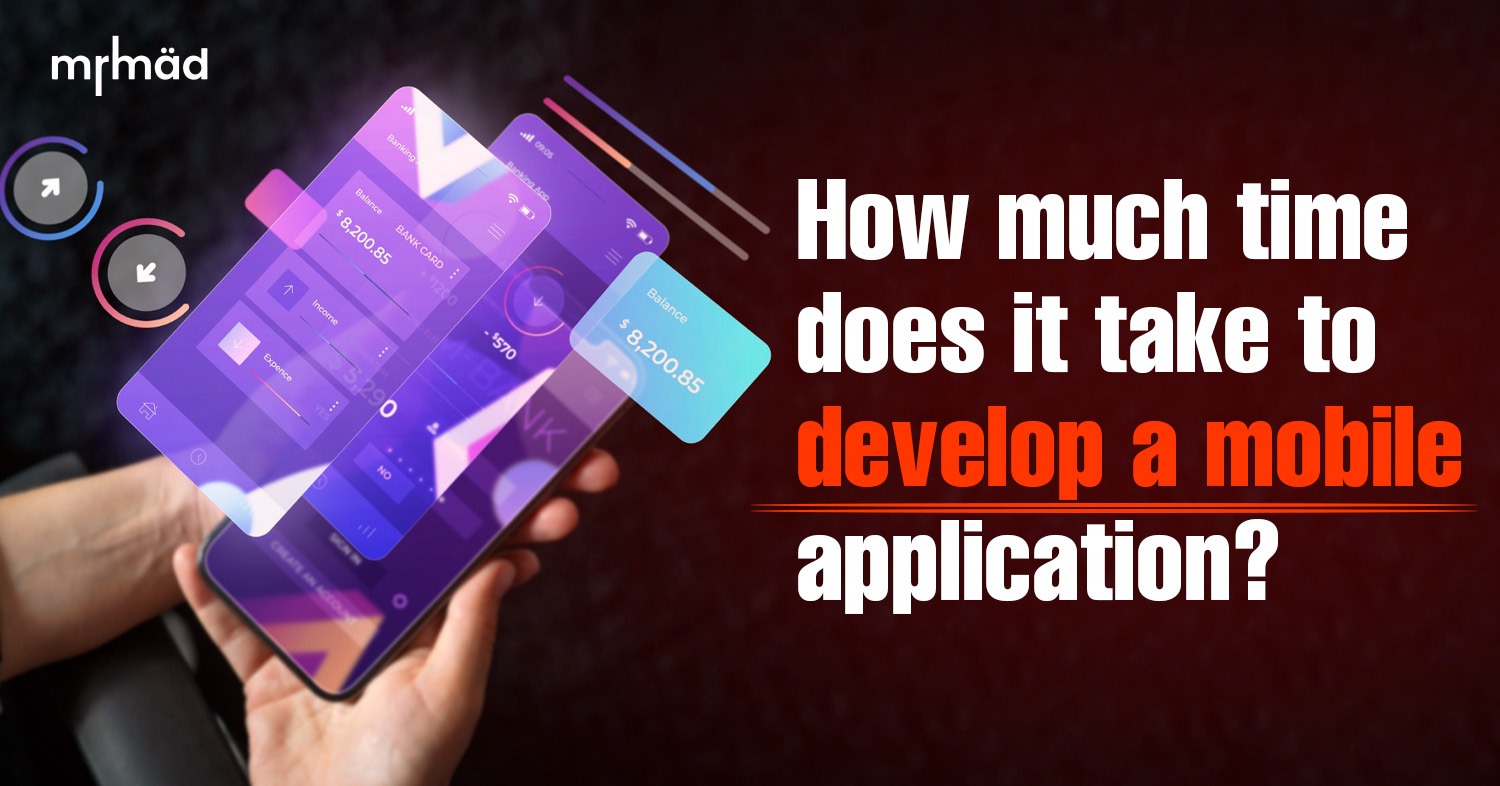Features: The cost will depend on the features you want to include in your app, such as medication search, price comparison, discount coupons, prescription upload, pharmacy locator, user profiles, secure payment gateway, notifications, and more.
Platform: Developing for iOS, Android, or both will impact the cost. Native apps typically cost more than cross-platform or hybrid apps.
Design: The app’s user interface (UI) and user experience (UX) design will affect the cost. A well-designed app can enhance user engagement but may require additional investment.
Development Team: The rates charged by developers and designers vary based on their experience, location, and expertise. Hiring a team locally or outsourcing to a development agency can impact costs.
Backend Development: If your app requires a backend server to store data, manage user accounts, and process transactions, this will add to the development costs.
Testing and Quality Assurance: Testing the app for functionality, usability, performance, and security is essential and will contribute to the overall cost.
Regulatory Compliance: Depending on the region, there may be regulatory requirements and compliance standards that need to be met, which can increase development costs.
Maintenance and Updates: Factor in ongoing maintenance, updates, and support costs post-launch to ensure the app remains functional and up-to-date.
